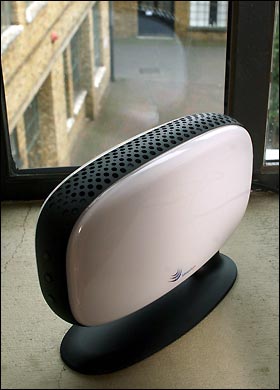 Here’s what to do:
Here’s what to do:Step 1 - Document legitimate dead zones when making calls with the carrier. When you experience a dead zone, dropped calls or network congestion, the trick is to continue making and calls you know will drop moments later. You will want to accumulate a high number of dropped calls because when you call customer service, and ask to speak to a supervisor, they will have the ability to view your calls and will see that the percentage of dropped calls in relation to total calls made is in fact very high.
Step 2 - Document your dropped calls on DeadCellZones.com by typing in your address or zip code on the map. Add your complaint and view complaints made by other users in your area. Copy (Ctrl + PrtSc) and paste (Ctrl + V) the map so you can send the coverage complaints to your carrier.
 Step 3 - Call your cell phone carrier and politely ask to speak to a supervisor (this is a good practice whenever you have a concern and need to contact a company). Refer to your saved bills when speaking with the supervisor and use the term Material Adverse Clause specifically, and refer to the the changes that have occurred in your contract. Tell him/her that you want to cancel your agreement. Should you receive any pushback, remind the supervisor of the Material Adverse Clause and the specific changes in your contract and that should put a quick end to any challenge.
Step 3 - Call your cell phone carrier and politely ask to speak to a supervisor (this is a good practice whenever you have a concern and need to contact a company). Refer to your saved bills when speaking with the supervisor and use the term Material Adverse Clause specifically, and refer to the the changes that have occurred in your contract. Tell him/her that you want to cancel your agreement. Should you receive any pushback, remind the supervisor of the Material Adverse Clause and the specific changes in your contract and that should put a quick end to any challenge.Related Stories:
How to Drop Early Termination Fees






